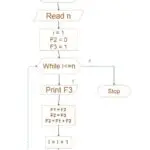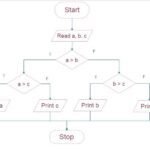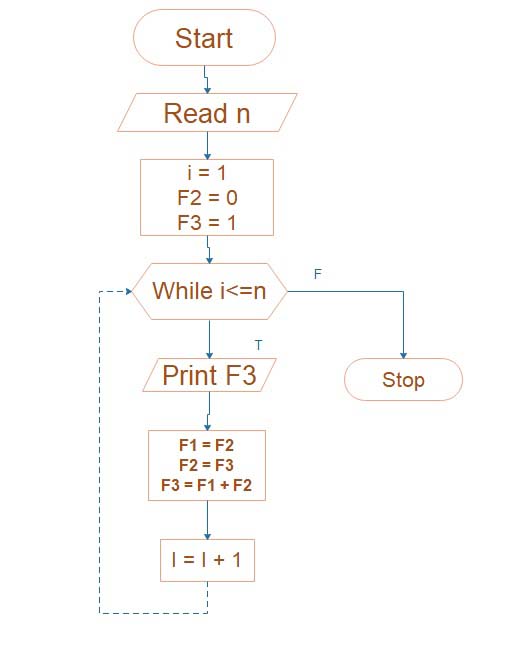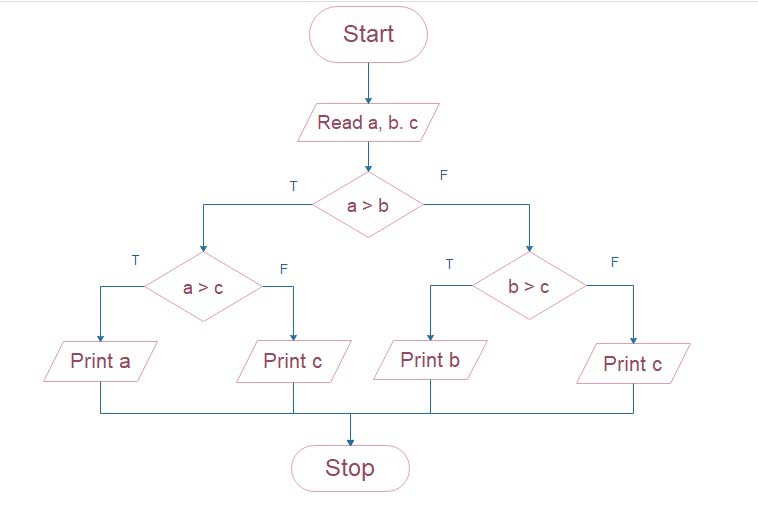Brick Masonry | Manufacturing of Bricks
Masonry Construction
Brick, Block Masonry Manufacturing of Bricks Stone Masonry

- Brick Masonry: The design of building structures using bricks also binding materials same to cement or mortar is known as brick masonry.
- Stone Masonry: The design of building structures using stones also binding materials same cement or mortar is known as stone masonry.
- Block Masonry: The design of building structures using concrete blocks with binding materials same cement or mortar is known to block masonry.
Header: Each brick is laid flat by the short end of each brick exposed Brick Masonry.
Stretcher: Each brick is laid horizontally, flat by the long side of the brick exposed toward the outer face of some wall.
Some terminologies Brick Masonry
- Lap: It means the horizontal distance between the vertical joints from successive brick courses.
- Perpend: It is an imaginary vertical line that covers each vertical member separating two adjoining bricks.
- Bed: It is the below surface of the brick during laid flat.
- Racking Back: It is the termination of a wall in a stepped fashion as shown in Fig.

- Toothing: It is the termination of the wall in such a fashion that each alternate course at the end projects, to provide an adequate bond if the wall is continued horizontally at a later stage.
- Arris: It is the edge of a brick.
- Quoin: It is a corner and the external angle at the face side of each wall. Generally, quoins are at right angles. But in some cases, they in be at angles greater than 90° also.
- Frog or Kick: One frog is an indentation into the face of each brick to form a solution for holding the mortar. When a frog is only on one face, that brick is laid with that face on the top. Sometimes frogs are given on both faces.
Basics Terms Brick Masonry
- Arrises: The edges formed by the intersection of plane surfaces of a brick are called arises.
- Frog: The depression provided in the face of brick during its manufacturing is called the frog.
- Course: Each horizontal layer of bricks laid in mortar is called a course.
- Quoins: The external corners of any wall are known as Quoins. Also, the bricks forming the quoins act known as quoin bricks. e.g. quoin header or quoin stretcher.
- Perpends: Each vertical joint of the bricks are known as Perpends. The perpends of the alternate courses should be in the same vertical line

- Jambs: It is the vertical sides of the door or window opening to which the door or the window frame is attached.
- Soffit: The undersurface of any structural member such as a lintel, a slab is called Soffit.
- Sill: The horizontal surface at the bottom side of a door or window opening is called a sill.
- Mortar: This mixture of binding material also fine aggregate forming a workable past is known as mortar.
- Grout or slurry: The light paste of cement is known as grout or slurry. It is used to fill the joints.
- Lintel: A small horizontal member to span up a small opening is called a lintel.
Closers Brick Masonry
It is a portion of a brick with the cut made longitudinally and is used to close up the bond at the end of the course. A closer helps in preventing the joints of successive sources (higher or lower) to come in a vertical line.
Brick Masonry in Closers may be of many types, specified below.
- Queen Closer: It is some portion of a brick obtained by cutting each brick lengthwise in two portions. Thus, a queen-closer is a brick that is half as away as the full brick. This is also called queen-closer-half. When a queen-closer is broken into two pieces, it is called a queen-closer-quarter. Such every closer is hence a brick piece which is one-quarter of the brick area
- King closer: It is the portion of a brick that is then cut so that the width of one its end is half that of full brick, while the width at the other edge is equal to the entire width. It is thus obtained by cutting the triangular part between the middle of one end and the middle of the other side. It has a half-header and also a half-stretcher face.

- Bevelled closer: It is some special form of a king closer in which the entire length from the brick i.e. stretcher face, Is bevelled in such a means that half-width is maintained at one end also full width is maintained at some other end.
- Mitred closer: It means a portion of each brick whose one end is cut splayed either mitred for full width. The angle of splay may vary from 45° to 60°. Thus, one longer face of the mitred closer is of the full length of the brick while the other longer face is smaller in length.
Bats Brick Masonry
It is that portion of the brick opening across the width. Thus, some bat is smaller in length than the full brick.

- If the length of the bat is equal to half the length of the original brick, it is known as a half bat.
- A three-quarter-bat is one having a length equal to three-quarters of the length of a full brick.
- If a bat has its width bevelled, it is known as a bevelled bat.













